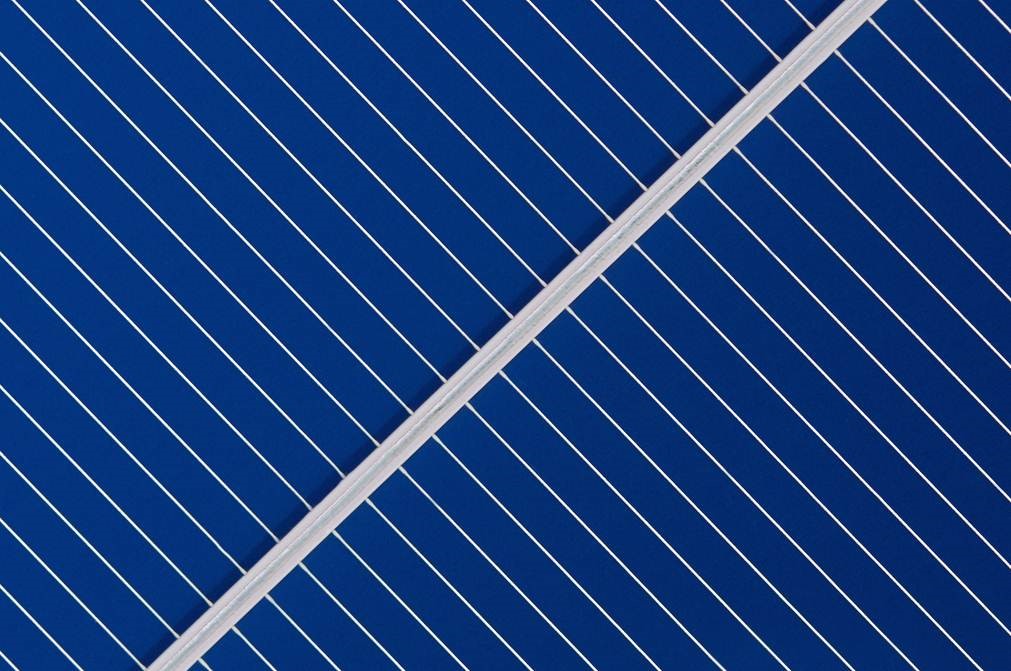Heraeus, a global manufacturer of silver metallization pastes for PV products, has announced its new Selectively Coated Ribbons (SCR) will be produced in a joint manufacturing and sales partnership with Ulbrich Solar Technologies.
Heraeus says its SCR technology can improve power output by 2.2 Watts on module level. The technology essentially comprises ribbons with two different reflectivity properties. At the center of the ribbon remains the regular soldering material with which it is connected onto the wafer. On the edges however, a highly reflective white coating is expected to increase yield.
The company adds its new product has been tested and has passed the TCT 400 and UV-DH test, underlining its reliability. The new ribbon can also be used for the seamless manufacturing of “conventional” modules, as well as half-cut cell designs and bifacial modules. And Heraeus adds module manufacturers will not need additional equipment to process the new ribbons into modules. As a result, production equipment for the ribbons do not need upgrades.
Dr. Weiming Zhang, Executive Vice President and Chief Technology Officer of Heraeus Photovoltaics, said: “Solutions like our Selectively Coated Ribbons are another example of why we invest so heavily into R&D. This partnership with Ulbrich will help us bring this innovation to market quickly so the industry can continue to make solar the most efficient and important renewable energy source.”
Popular content
Peter Berghofer, General Manager of Ulbrich of Austria GmbH, said: “New products for module manufacturing need to meet demanding requirements and must be cost competitive, innovative and reliable. The new SCR fulfills those expectations by increasing the power of every single module without any investment or additional effort for the module manufacturers. We expect this product to be a real game-changer in module manufacturing.”
Reportedly, the new technology will be sold to selected key customers in Europe, Russia, Turkey, the Middle East, Mexico, and the United States, as of this month. By 2019, the company expects to roll out the product on a several hundred megawatt scale.
This content is protected by copyright and may not be reused. If you want to cooperate with us and would like to reuse some of our content, please contact: editors@pv-magazine.com.



By submitting this form you agree to pv magazine using your data for the purposes of publishing your comment.
Your personal data will only be disclosed or otherwise transmitted to third parties for the purposes of spam filtering or if this is necessary for technical maintenance of the website. Any other transfer to third parties will not take place unless this is justified on the basis of applicable data protection regulations or if pv magazine is legally obliged to do so.
You may revoke this consent at any time with effect for the future, in which case your personal data will be deleted immediately. Otherwise, your data will be deleted if pv magazine has processed your request or the purpose of data storage is fulfilled.
Further information on data privacy can be found in our Data Protection Policy.